10 Gardening Tasks to Tackle Now
- horticulturist and gardening expertMarch 29, 2025
Spring is a busy time in the garden. The weather can be a bit challenging, with fluctuating temperatures, snow showers, and rain adding to the pressure you may feel when trying to accomplish all on your spring checklist. Like many of you, I find a list always helps me stay focused, and prioritizing those essential spring garden tasks, items that are best done in spring, and those that provide the biggest benefit helps reduce ongoing maintenance and boost my success.
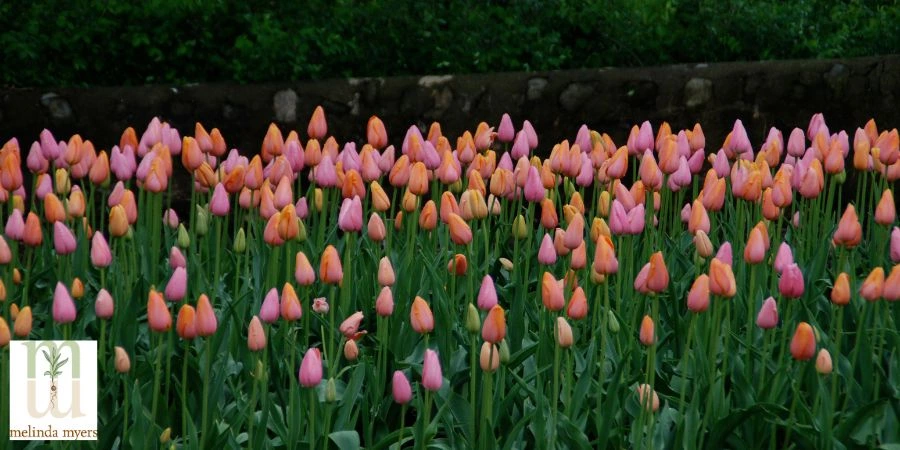
Here are a few items that might help you as you create and prioritize your Spring Gardening List:
#1 Take advantage of those nice early spring days to assess any winter damage to your garden beds and larger landscape plants. Check for any broken branches from winter storms and those browsed by hungry animals. Remove these, crossing or rubbing branches, and those creating a hazard for people and property. Consider hiring a certified arborist who has the equipment and training to do the job safely and correctly.
For smaller jobs, use a bypass hand pruner, loppers, or pruning saw to make clean cuts that close quickly, reducing the risk of insects and diseases moving in. Disinfect tools with a 70% alcohol or disinfectant spray between cuts when disease problems may be present. Make cuts on a slight angle above an outward-facing bud, above an adjoining branch, next to tree branch bark collars, or at ground level for suckering shrubs.
While inspecting your landscape, look for insect pest egg masses overwintering in bark crevices, on branches, and other places on their favorite trees and shrubs. Your local Extension Service is likely to have a list of insect problems and overwintering sites in your area.
#2 Test the soil in new garden beds, those that have been struggling in the past, or have never been tested. The soil test report will tell you what if any, fertilizer is needed. Contact your local Extension Service or look for a certified soil testing lab where you can submit a sample. Most labs ask what plants are growing in the garden bed or lawn area and if any problems exist. This helps them make fertilizer recommendations for your specific lawn and garden.
Testing in early spring allows you to implement the recommendations at or soon after the growing season begins. As you may already know Milorganite is my go-to fertilizer. It is a low nitrogen slow-release fertilizer that promotes balanced above and below-ground growth and won’t interfere with flowering and fruit production. It also contains chelated iron that helps green lawns and garden plants and non-leaching phosphorus. University tests found when the microorganisms released the nutrients from the fertilizer pellets, it also made some of the phosphorus, good for rooting, flowering, and fruiting, and potassium, good for hardiness and disease resistance, that was bound to the soil available to the plants.
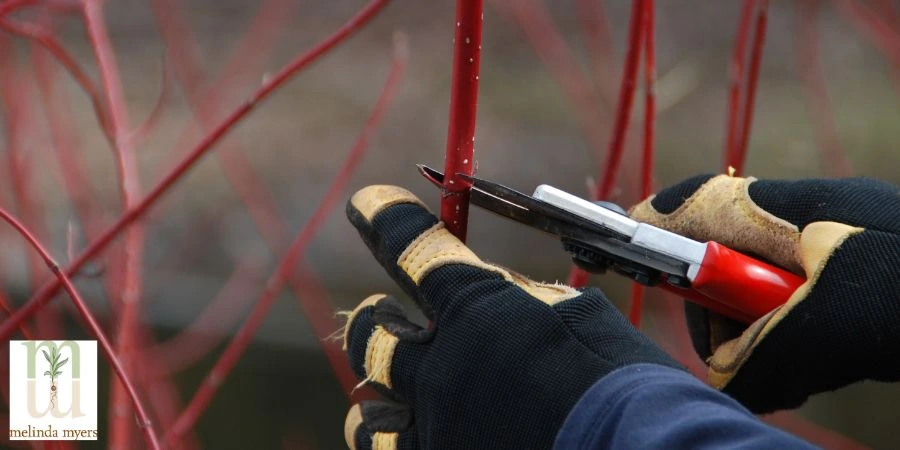
#3 Prune summer flowering shrubs and trees if needed. You can prune spring flowering shrubs in early spring, but you will eliminate some, if not all, the spring flowers. And why grow lilacs, forsythias, and other spring flowering shrubs if you don’t have flowers? Wait to prune these until right after flowering for maximum spring floral display.
Always prune with a purpose in mind, not just because it is spring. Young trees are pruned to establish a strong framework and fruit trees are also pruned to boost productivity. Shrubs are often pruned to manage their size and promote flowering, fruiting, and form. Keep in mind pruning not only removes growth but encourages more vigorous growth. Removing about ¼ and no more than 1/3 of the growth is recommended. Excessive pruning that can stimulate excessive growth means you may end up with an even bigger plant. I witnessed a 6’ tall forsythia pruned back to ground level grow 12’ tall that summer.
Prune plants when the weather is dry to reduce the risk of disease and skip the pruning paint and sealers. Research found these products trap moisture and do not prevent decay.
#4 Wait until temperatures are consistently in the 50s to cut back perennial gardens, natural plantings, and rain gardens. This gives any beneficial insects overwintering in the stems of plants time to emerge from their winter homes.
If you can’t wait, cut back the garden and stack the stems out of sight. Some gardeners pick the stems in pots filled with well-drained soil or weave them into a wattle fence. Then, in mid-summer, you can shred and spread the stems as mulch or add them to your compost pile.
Do leave some, if not all, the stems standing 12 to 24” tall. These serve as summer homes for many of our native bees and potentially a winter home in the second year. New growth will mask the old stems helping to keep your garden looking its best. The older stems will eventually decompose adding organic matter and nutrients to the soil.
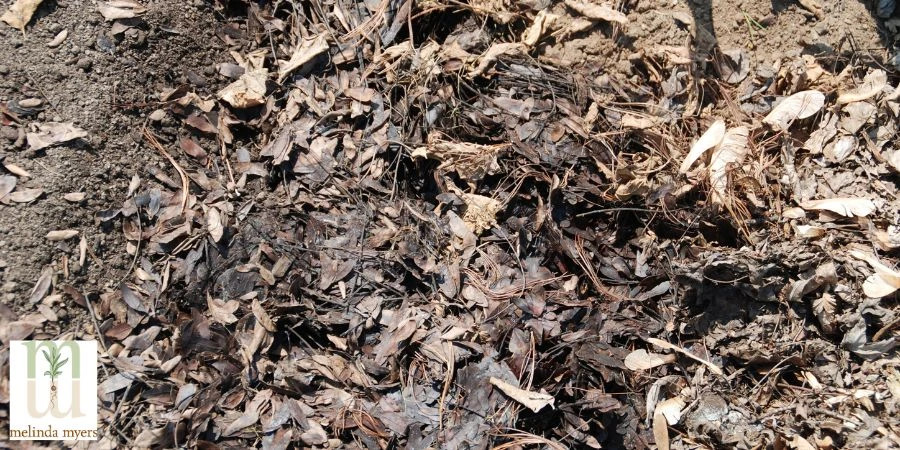
#5 Gather any leaves that have collected in the nooks and crannies of buildings or in piles on the lawn. Rake these into garden beds to serve as mulch and homes for many beneficial insects. Leaves, like other organic mulches, help conserve moisture, keep plant roots cool in summer, and protect the soil from compaction and erosion that can occur during heavy rainstorms. Add any extra leaves to your compost pile.
#6 Spring is a popular time to plant trees, shrubs and perennials. Garden centers are full of new varieties and many of our favorite plants. Make sure you can provide proper care for these plants throughout the first and second growing season while they become established. Proper watering and mulching are key to success. This is even more important for those in hotter regions and for many of us as summers are often very hot and dry. If you can’t provide the needed care, consider late summer and fall plantings. The soil is warm, air is cool, and we often have more time to take care of new plantings.
Always do a bit of research before investing in new plants. Make sure the plants are not invasive in your area. Many plants we once thought were low-maintenance wonders have taken over garden beds, left our landscapes, and invaded nearby natural spaces. Not only are they threats to native plants and the resources they provide wildlife but they also create more work for us to remove them from our landscapes.
Check the plant tags and your local Extension service for help selecting the best plants for the growing conditions in your landscape. Make sure the plants you select will have sufficient room when they reach full mature size. Properly matching your plants to the available space and growing conditions will reduce short- and long-term maintenance needed to keep plants healthy and looking their best.
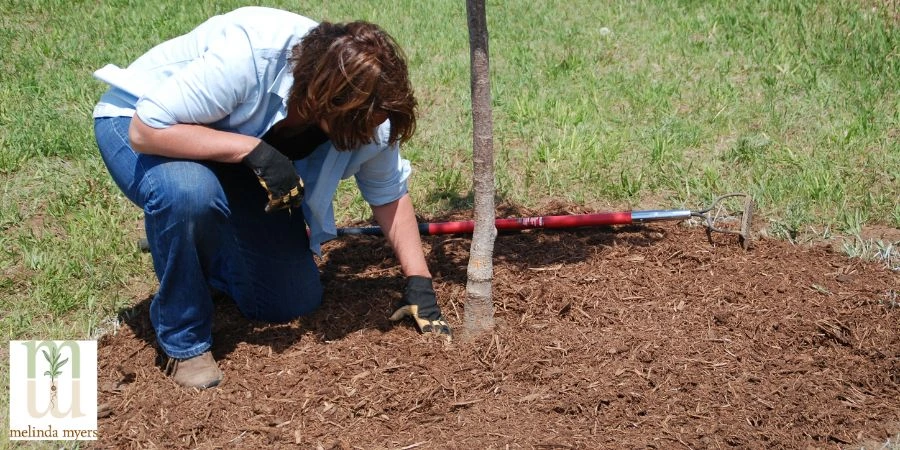
#7 Add some early season color and nutritious plants to garden beds and containers. Cool-season annuals like pansies, calendulas, sweet alyssum, and others thrive in the cooler temperatures of spring. Add some greens, kale, peas, beets, carrots, and radishes for an early-season harvest.
Do check on the best time to plant these in your area. Fluctuating spring temperatures and unexpected hard freezes can be damaging. Have some frost protection handy for when the temperatures dip below what the plant will tolerate. Or plant a few of your favorites in containers that can be moved outdoors on nice days and inside when the weather is threatening.
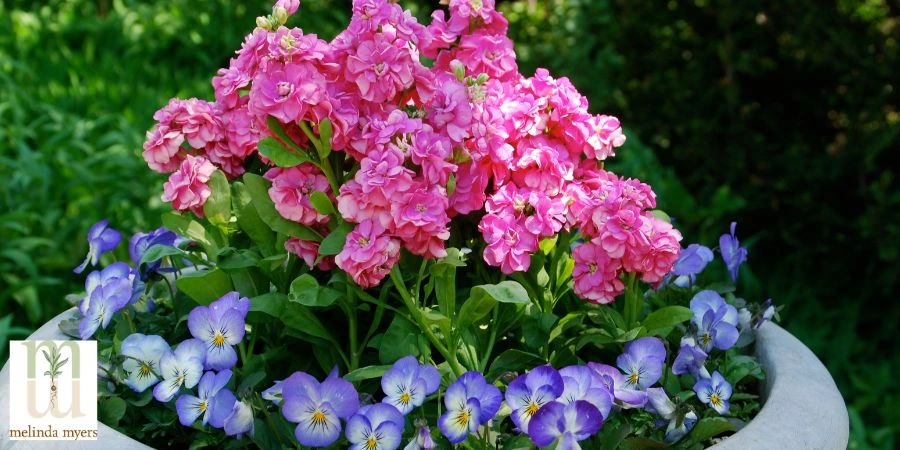
Jumpstart the growing season with the help of floating row covers. These spun fabrics allow air, light, and water through while trapping the heat around the plants. I also use them to protect seeds and seedlings from songbirds and critters while speeding up germination. These fabrics are reusable as long as they do not have rips and tears. When that happens, I just cut them into smaller sections to cover smaller plantings, containers or individual plants.
#8 Divide summer and fall blooming overcrowded, poor flowering, or flopping perennials as they emerge in spring. Lift the clump, add the dead center to the compost pile, and divide the plant into several sections. Prepare the new planting locations before using these to start a new garden, fill vacant spots in existing beds, or plant one back in its original location. Provide the same care you would give a new planting. Proper watering and mulch will help the divisions establish a new robust root system in their new location.
You can dig and divide spring bloomers in early spring, but the plants will probably not flower until the following year. Some horticulturists divide spring bloomers right after flowering and have great success. Just make sure you can provide proper care during hot summer weather. And most gardeners have found they prefer to dig and divide perennials when they have the time.
#9 Improve the soil and boost the health of existing perennial gardens by topdressing with compost. Spread a one-inch layer of compost over the soil surface of perennial garden beds every year or two. The compost provides organic matter and nutrients improving the soil and plant growth. This is also a good time to add Milorganite if needed for those perennials like daylilies, peonies, tall phlox, and mums that tend to be heavy feeders.
Take it one step further for struggling gardens and those growing in compact clay soil. Use an auger bit on your cordless drill to create openings in the soil and help incorporate some of the compost into the top few inches of soil. Make holes in vacant spaces throughout the garden. (I skipped mentioning topdressing the lawn and plugging Joe’s video as early spring is a bit too early to aerate as he recommends -this would be a good video to promote in fall plus it is a lot of work and not sure this is the audience that would be receptive to that
#10 Enjoy and take care of spring flowering bulbs like tulips, daffodils, hyacinths, and more. Fertilize spring flowering bulbs in need of a nutrient boost as the leaves emerge in spring. No need to fertilize those that were planted and fertilized the preceding fall or growing in garden beds that are regularly fertilized or top-dressed with compost.

Enjoy the blooms and allow the leaves to yellow and dry naturally. As long as the leaves are green, they are producing energy for next spring’s floral display. If you can’t stand to look at the declining foliage, consider planting perennials or annuals nearby. As the bulb foliage declines the perennials emerge and the newly planted annuals help mask the fading plants. Your garden will look better, and when combined with perennials, it requires much less effort.
And consider enlisting or hiring help as needed, especially for larger jobs and those you don’t like to do. The extra help means you’ll have more time to tackle those tasks you enjoy or are best able to complete. And as all experienced gardeners know and chant “there is always next year”.

